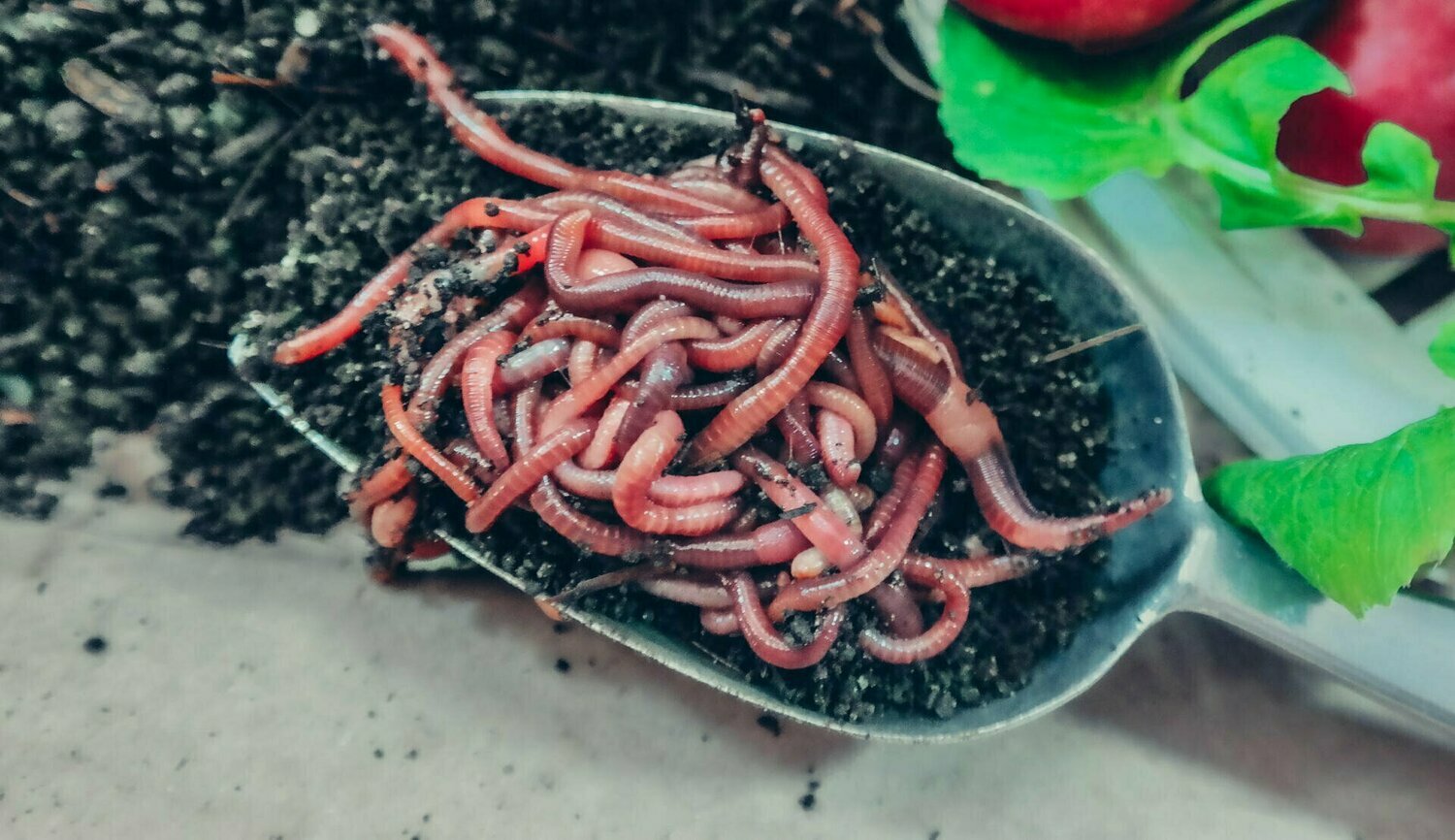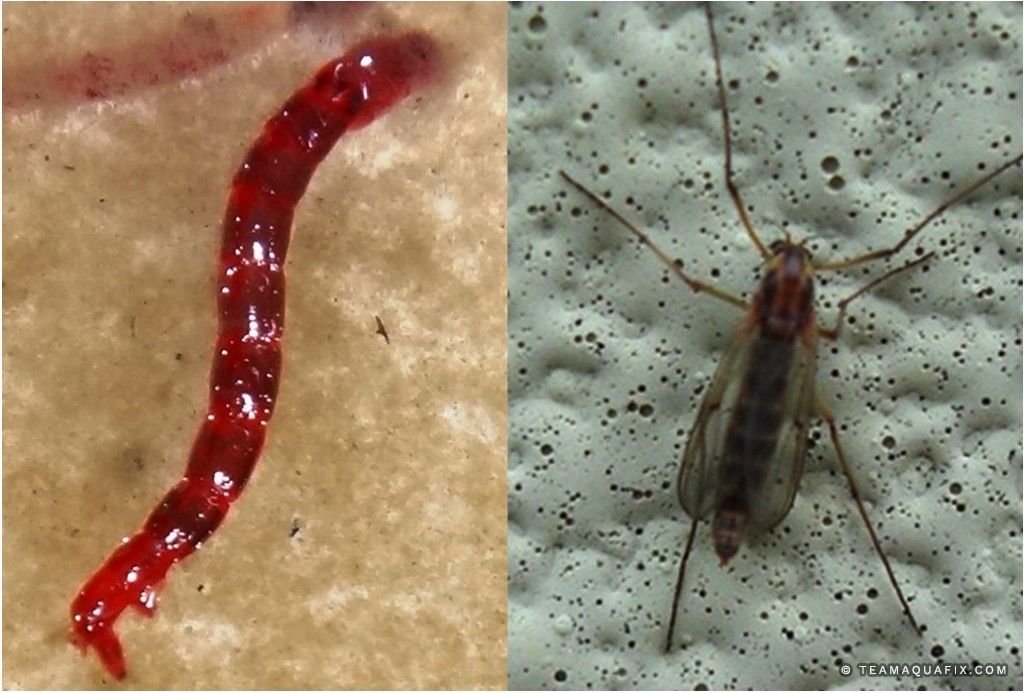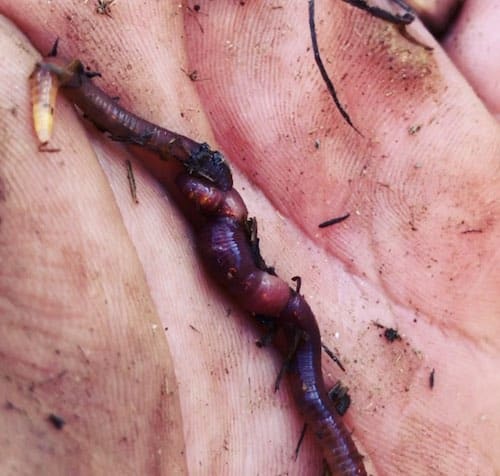Healthy red worms: How to start composting
Healthy red worms: How to start composting
Blog Article
The Function of Red Wigglers in Lasting Gardening
The integration of red wigglers right into sustainable horticulture methods offers an engaging technique to enhancing soil health and decreasing organic waste. The implications of utilizing red wigglers prolong past plain composting; their function in shaping a more lasting future warrants a much deeper expedition of their benefits and sensible applications.
Recognizing Red Wigglers
Red wigglers, medically referred to as Eisenia fetida, are a types of earthworm renowned for their function in sustainable gardening and composting methods - red wigglers. These worms grow in breaking down organic matter, making them specifically effective in transforming cooking area scraps and yard waste right into nutrient-rich garden compost. Unlike conventional earthworms, red wigglers have a higher tolerance for differing wetness degrees and can thrive in settings with plentiful organic material
(red wiggler earthworms for sale)Typically, red wigglers are smaller sized than their earthworm counterparts, normally measuring in between 3 to 4 inches in size. They possess a reddish-brown coloration and have a fractional body structure that helps in their burrowing and feeding tasks. These organisms are hermaphroditic, suggesting each specific has both male and female reproductive organs, which enables reliable populace development under optimal conditions.
The environment choices of red wigglers include moist, dark environments rich in natural web content, such as garden compost containers or worm farms. Their ecological function extends past composting; they are important in freshening the soil and promoting nutrient cycling, which ultimately adds to much healthier garden communities. red wigglers. Understanding the biology and habits of red wigglers is necessary for those seeking to apply efficient vermicomposting in lasting gardening
Benefits of Vermicomposting
Vermicomposting deals countless advantages that enhance lasting gardening methods and add to ecological wellness. One of the main advantages is the makeover of organic waste into nutrient-rich garden compost, which boosts soil framework and fertility. The castings created by red wigglers are loaded with helpful microbes and necessary nutrients, making them an exceptional all-natural plant food.
In addition, vermicomposting considerably decreases landfill waste. By diverting kitchen scraps and backyard waste from landfills, this practice not only reduces methane emissions-- a potent greenhouse gas-- but additionally promotes a circular economic climate, where waste is repurposed as a source.
An additional advantage is the improvement of soil aeration and drainage (red wigglers). The burrowing activity of red wigglers creates networks in the dirt, allowing air and water to pass through more conveniently, hence fostering a healthier origin system for plants
In addition, vermicomposting can be done on a small scale, making it available for metropolitan garden enthusiasts and those with minimal area. This technique motivates environmental stewardship and awareness, as individuals end up being extra engaged with their waste administration practices. Ultimately, vermicomposting represents a sustainable, effective, and green strategy to horticulture that profits both plants and the earth.
Exactly How to Begin Vermicomposting
Beginning your very own vermicomposting system can be a gratifying venture that enhances your sustainable horticulture practices. To start, pick a suitable container, such as a plastic container or wood box, with great water drainage and air flow. The size will certainly depend upon the quantity of kitchen area scraps you produce; a bin of 10-14 gallons usually is sufficient for a household.
Next, prepare the bedding material. Shredded paper, cardboard, and coconut coir are excellent options, providing a comfortable environment for the red wigglers. Go for a bed linens deepness of concerning 4-6 inches, which must be moist but not soggy.
Once the bedding is established, present your worms. Red wigglers (Eisenia fetida) are the most appropriate for composting. Start with about one extra pound of worms for every 2-3 extra pounds of kitchen scraps weekly.
Begin including cooking area waste, avoiding meat, dairy products, and oily foods, as these can attract parasites and develop odors. Frequently keep an eye on the bin's moisture degrees and temperature, ensuring it continues to be within the ideal variety for worm activity. With these first actions, you'll be well on your means to producing nutrient-rich garden compost for your yard.
Maintaining a Healthy And Balanced Worm Container
A prospering worm bin calls for constant care and interest to maintain an optimum setting for the red wigglers. Key variables to monitor consist of dampness degrees, temperature, and food supply. Maintaining a wetness level akin to a wrung-out sponge is vital; also much water can lead to anaerobic problems, while insufficient can dry out the worms.
Temperature level is likewise critical, as red wigglers thrive in a series of 55 to 77 levels Fahrenheit. Severe temperatures can stress the worms, potentially resulting in mortality. Therefore, placing the container in a climate-controlled location or using shielding materials can assist control temperature level changes.

Finally, aeration is crucial. Routinely transforming the bedding and utilizing a fork or shovel can stop compaction and advertise air flow, ensuring a healthy, successful setting for the red wigglers. By sticking to these practices, gardeners can maintain a productive worm container that supports lasting gardening initiatives.
Impact on Dirt Health
Enhancing dirt health and wellness with making use of red wigglers is a basic aspect of lasting horticulture. These worms, understood medically as Eisenia fetida, play a crucial role in enhancing soil structure and fertility. By consuming organic issue, red wigglers damage down complicated products right into simpler substances, a procedure referred to as vermicomposting. Completion product, worm castings, is rich in necessary nutrients, including nitrogen, phosphorus, and potassium, which are essential for plant growth.

(Lake James Bait)Research studies have actually revealed that dirts improved with worm spreadings display enhanced microbial task and boosted fertility, bring about greater plant yields. By integrating red wigglers right into horticulture practices, garden enthusiasts not only enhance their dirt yet also add to an extra sustainable agricultural system, emphasizing the interconnectedness of soil wellness and ecological stewardship.

Final Thought
In conclusion, red wigglers substantially add to lasting gardening via their efficient vermicomposting methods. Their ability to convert organic waste right into nutrient-rich garden compost improves dirt fertility and sustains a diverse microbial environment. Additionally, their burrowing task improves soil oygenation and water retention, benefiting plant wellness. By promoting waste reduction and fostering a round economic climate, red wigglers become essential parts in eco-friendly gardening campaigns, underscoring their crucial duty in environmental sustainability.
Report this page